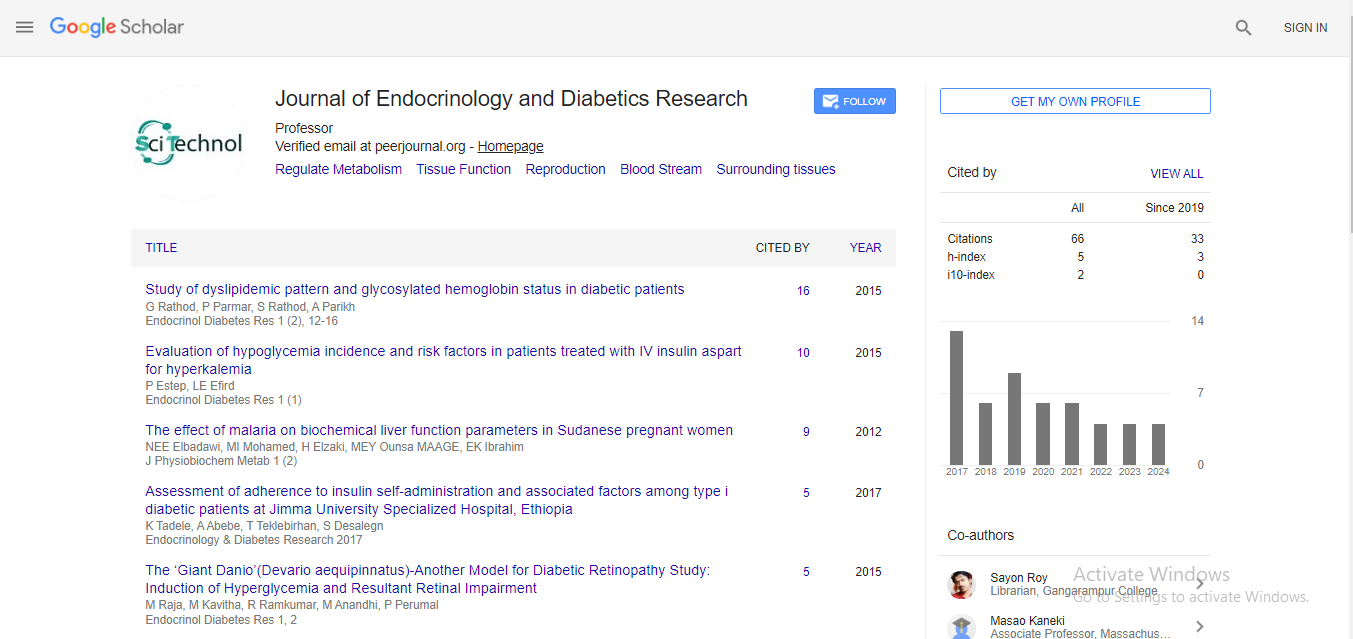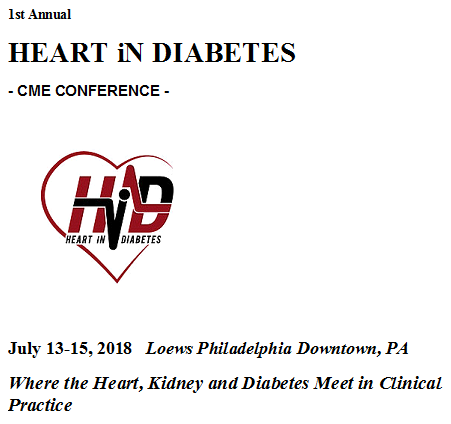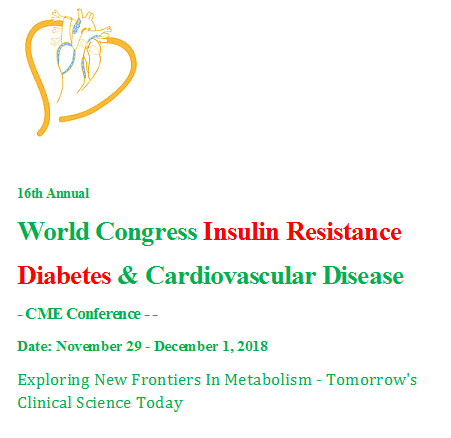Effects of exercise timing on the endocrine control of bone formation and resorption
Katarina T. Borer
The University of Michigan, USA
: Endocrinol Diabetes Res
Abstract
Bone mineral loss (BML) starts in middle age in both genders, but is greatly accelerated by the dramatic reduction of estrogen in postmenopausal (PM) women. Osteopenia and osteoporosis result from BML and lead to bone fractures which reduce quality of life and lead to disability, and in some cases death. It is therefore important to define requirements that mitigate or prevent BML and promote bone mineral accrual. We have examined the possible role of exercise to that end and conducted 3 studies in PM women. First, we determined the walking speed above 6 km/h as the first requirement. It blocked BML in healthy PM women walking a distance of 4.8 km 4 days/week for 15 weeks, while slower speeds at 5.9 km/h failed to do so. Next we used uphill and downhill treadmill slope which respectively decrease and increase mechanical loading in the next two studies, but found that loading per se other than higher walking speed, did not affect bone outcomes. Two hours of exercise were performed twice in a day separated by 7 hours to overcome the 6-to-8-h refractoriness of bone to mechanical stimulation. In study 2, with PM women with type 2 diabetes, we determined a requirement for a meal one to two hours before exercise for increased a bone-formation marker CICP (c-terminal propeptide of type 1 collagen), with exercise before eating being ineffective. The third requirement for suppression of BML was a minimum of 40 to 45 minute duration (or impulse) of exercise bout. Shortening this impulse to 20 minutes was ineffective. The fourth requirement was that exercise be performed at the circadian time of 8 AM, as others have documented that this timing blocks the circadian rhythm of bone-resorption marker CTX (carboxy-terminal telopetide of type 1 collagen). With 8 AM exercise, which was used in the first study as well, the 40 minutes of spaced exercise suppressed plasma concentrations of CTX in healthy PM women if they walked downhill, but not uphill. Uphill exercise was ineffective because it caused sustained release of parathyroid hormone (PTH) which leads to bone resorption. These four requirements document endocrine involvement in suppression of BML and in stimulation of bone mineral accrual and can help mitigate and prevent postmenopausal osteoporosis.
Biography
Katarina T. Borer, Ph.D. resume August 2022 Katarina Borer has been a faculty member in School of Kinesiology at the University of Michigan in Ann Arbor since 1978 rising from Assistant Professor to tenured full Professor, and in 2018, to Professor Emerita. For most of her academic career, she has done research on the question how animals and humans grow and maintain body and energy balance. She has published 105 scientific articles, chapters, reviews and two monographs (Exercise Endocrinology in 2003 and Advanced Exercise Enedocrinology in 2013 by Human Kinetics). Among her highly cited publications are the two monographs, and three reviews (The effects of exercise on growth. Sports Medicine,1995; . Physical activity in prevention and amelioration of osteoporosis in women: Interaction of mechanical, hormonal, and dietary factors. Sports Medicine 2005; and Why we eat too much, have an easier time gaining than losing weight, and expend too little energy: suggestions for counteracting or mitigating these problems. Nutrients 2021).
 Spanish
Spanish  Chinese
Chinese  Russian
Russian  German
German  French
French  Japanese
Japanese  Portuguese
Portuguese  Hindi
Hindi 


